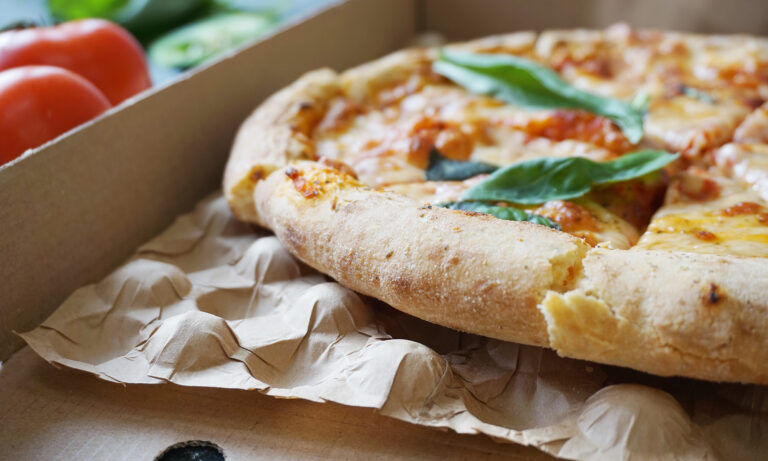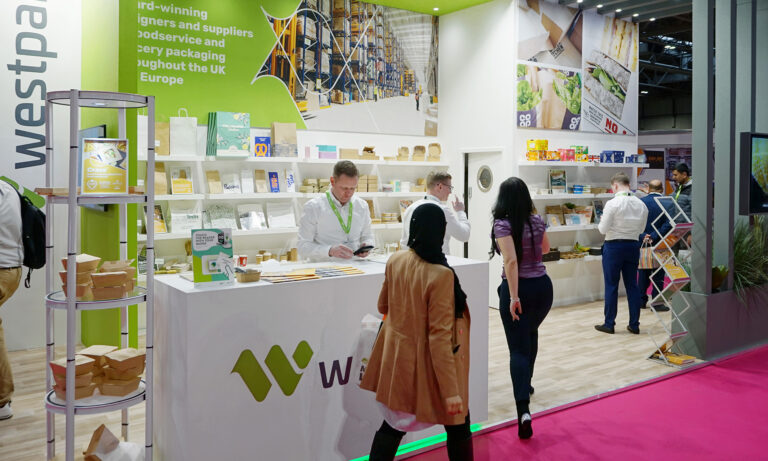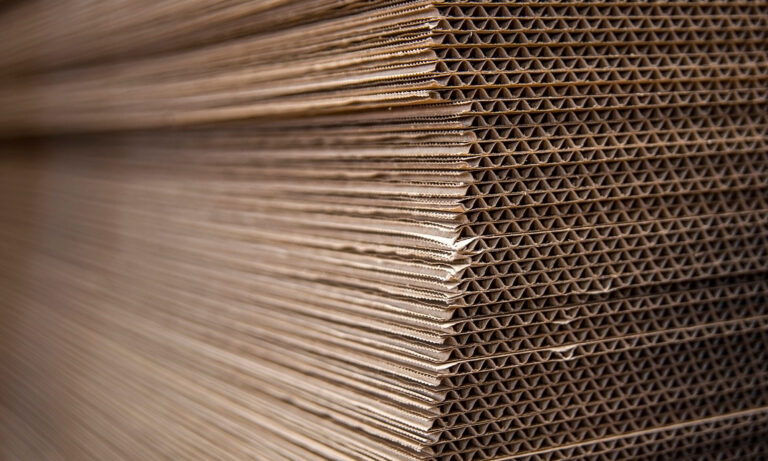Cited as one of the four ‘Rs’ of recycling – ‘reduction’ is currently one of the key packaging objectives across the grocery and foodservice industries. Supermarkets are demonstrating their efforts to remove vast amounts of plastic packaging as well as introducing various refill stations across their stores. But while consumers have come to expect a significant reduction in packaging, the stresses of logistics and transport processes largely remain unchained. As such, revised packaging designs will still need to be robust and durable to remain fit-for-purpose. So can supermarkets, producers and other retailers balance these two, seemingly conflicting priorities?
The first step is to remove any assumptions and gain as full an understanding as possible with regard to each piece of packaging’s unique requirements and purposes. For example, it’s vital to assess how much packaging strength and rigidity is actually truly needed. If an existing design is significantly over-engineered, then a reduction in packaging volume could still offer a sufficient level of protection and durability. Understanding exactly what requirements need fulfilling will also be invaluable in guiding the design process from the ground-up for a more streamlined design.
Secondly, it’s important to asses what we actually mean by terms such as ‘rigid’, ‘hard-wearing’, ‘robust’ or ‘reliable’. In many instances, a packaging design may not necessarily need to have pure ‘strength’ as its key priority, but rather other considerations such as being resistant to high moisture levels or withstanding varying and extreme temperatures.
Thirdly, we need to to consider all other packaging considerations. An emphasis on packaging ‘reduction’ rarely stands in isolation. Rather, reduced packaging aims to work in harmony with wider sustainability objectives. Simply reducing the volume of packaging and incorporating a material that is less environmentally-friendly may be counter-productive against wider sustainability objectives.
The key to tying all these considerations together will largely centre around an expertise when it comes to the industry’s latest materials and manufacturing processes. The packaging industry is highly innovative and fast-moving. Assessing a project’s most suitable options based on last year’s manufacturing capabilities will drastically limit the scope for success. As well as being as up-to-date as possible and keeping close ties with all our suppliers and manufacturers, we also regularly look to incorporate new manufacturing technologies proactively, staying ‘ahead of the innovation curve’ as much as possible.
So how have we done this previously? Working with Co-op, we were able to find a particular paper-based material that offered high water-resistance to accommodate the their ‘living lettuce’ range. The resulting design was able offer a stripped-back, light-weight and highly sustainable option that utilised the latest material innovations to fulfil the range’s precise requirements. We also worked with Waitrose as they launched their ‘Unpacked’ initiative (which aimed to remove as much packaging as possible from a number of their fresh produce lines). They needed plastic-free packaging to transport fruit from growers to stores and also provide a way for shoppers to practically transport the produce home. We developed an intricate, recyclable Kraft cardboard punnet with a separate ‘latticed’ lid. This design was able to tick every box in the project brief – the packaging design was minimal, recyclable, on-brand and logistically beneficial. As a final example, we worked alongside a local watercress farm, who supply various wholesalers, retailers and urban food markets. The farm wanted to move away from polystyrene boxes which offered no sustainability value as well as being logistically problematic. In this case, we developed a design that utilised two separate materials for distinct purposes – a stripped back cardboard box for that offered reduced packaging whole maintaining rigidity, and a a thin water-resistant lining which provided protection against high moisture levels.
These examples show that reduced packaging can absolutely still offer the strength needed for a given product line. Crucially, however, this needs to be led by a highly innovative and proactive approach within the market and one that fully incorporates all other packaging considerations to work towards a more sustainable overall solution.


